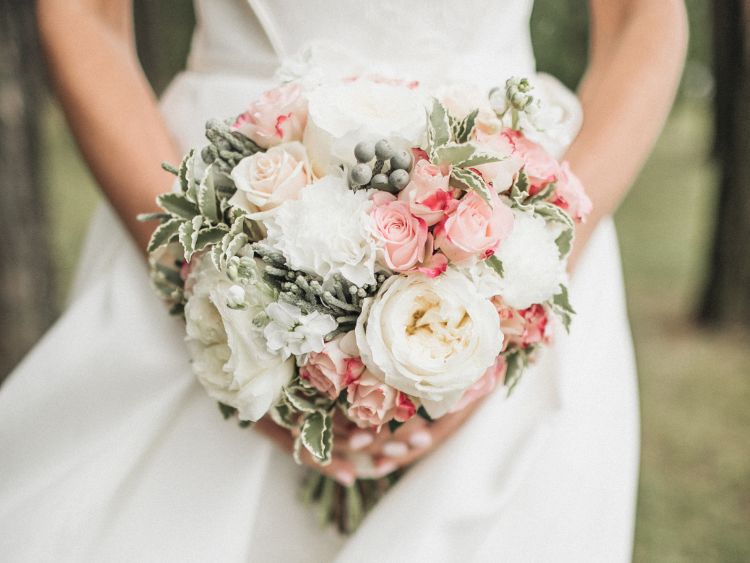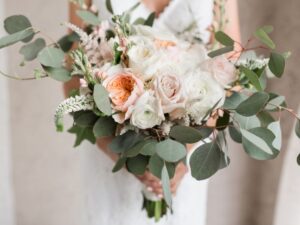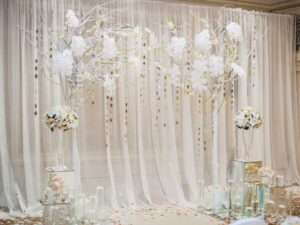The Ultimate Guide to Attending a White Tie Event
When you think of the epitome of elegance and sophistication, a white tie event undoubtedly tops the list. Imagine an evening where every detail, from the decor to the attire, screams luxury and class. But what exactly is a white tie event? How does it differ from other formal gatherings? And most importantly, how can you ensure you’re dressed to impress? In this guide, we’ll delve into everything you need to know about attending a white tie event, from the history of this grand tradition to what’s expected of you as a guest.
What Is a White Tie Event?
A white tie event is the most formal dress code in the Western fashion hierarchy. It surpasses black tie in terms of elegance and demands the highest level of formality. Unlike semi-formal or cocktail events, where you might get away with bending the rules slightly, white tie events have strict guidelines that must be adhered to.
The History of White Tie
White tie attire has its roots in the 19th century. It was during this period that the upper echelons of society began to distinguish themselves through their clothing. The white tie dress code became synonymous with aristocracy and was primarily worn at royal events, state dinners, and other occasions of significant importance. Today, while less common, white tie events still hold a prestigious place in social calendars, reserved for galas, state banquets, and certain formal weddings.
The Difference Between White Tie and Black Tie
You might be wondering, “Isn’t black tie formal enough?” While black tie events are indeed formal, they don’t quite reach the level of a white tie event. The key difference lies in the dress code requirements. Black tie usually means a tuxedo with a black bow tie for men and a floor-length gown for women. On the other hand, white tie is much more elaborate: think tailcoats, white bow ties, and evening gloves.
Dressing for a White Tie Event
Attending a white tie event requires more than just throwing on your best suit or gown. It’s about embracing the tradition and ensuring that every aspect of your attire meets the stringent requirements.
For Men: The Essentials
- Tailcoat: The most important part of a white tie ensemble is the black tailcoat. Unlike a tuxedo jacket, a tailcoat has a short front with long tails at the back.
- White Bow Tie: As the name suggests, a white bow tie is mandatory. It should be hand-tied and made of cotton piqué fabric.
- White Waistcoat: Underneath the tailcoat, men should wear a white waistcoat. It should be low-cut, and like the bow tie, made of cotton piqué.
- Trousers: Black trousers with a single braid down the outside leg are the standard. They should be high-waisted and worn with braces (suspenders).
- Shirt: A white, stiff-fronted shirt with a wing collar is required. It should be paired with studs, not buttons.
- Shoes: Patent leather court shoes or Oxfords with a polished finish complete the outfit.
- Accessories: Consider adding a white pocket square, cufflinks, and a top hat for the full effect. Evening gloves, though less common today, are still acceptable.
For Women: The Essentials
- Evening Gown: Women should wear a floor-length gown. It’s the time to go all out with luxurious fabrics like silk, velvet, or satin. The gown can be as extravagant as you like, with embellishments and intricate details.
- Gloves: Long, white evening gloves are traditional. They should be worn up to or above the elbow.
- Shoes: High heels are expected, preferably in a neutral or matching color to the gown.
- Jewelry: This is the event to bring out your most dazzling jewelry. Think diamond earrings, necklaces, and bracelets. However, balance is key—avoid over-accessorizing.
- Hairstyle: An updo or a neatly styled hairdo is preferred. The aim is to keep the look elegant and polished.
Navigating the Etiquette of a White Tie Event
Dressing the part is only half the battle; understanding the etiquette of a white tie event is equally important.
Invitations and RSVPs
White tie events are often by invitation only, and these invites are typically sent well in advance. It’s crucial to RSVP promptly and adhere to any specific instructions noted on the invitation. Arriving fashionably late might be acceptable at some events, but for white tie, punctuality is expected.
Arrival
Upon arrival, guests are usually greeted and shown to a receiving line, especially if the event is hosted by a dignitary or member of the aristocracy. The receiving line is where you greet the host and other notable guests. Remember to keep your greetings brief and respectful.
Dining
If the white tie event includes a dinner, expect it to be a formal, multi-course affair. Table settings are often elaborate, with several utensils, glasses, and plates. The rule of thumb is to start with the utensils farthest from your plate and work your way inwards with each course. Engage in polite conversation, but avoid controversial topics. The goal is to contribute to the evening’s elegance, not disrupt it.
Dancing
Many white tie events include ballroom dancing. If you’re unfamiliar with formal dances like the waltz, it’s worth taking a few lessons beforehand. When invited to dance, it’s customary to accept, as declining can be seen as rude unless you have a valid reason.
FAQs About White Tie Events
1. What should I do if I don’t own white tie attire?
Don’t worry if you don’t have white tie attire in your wardrobe; most people don’t. Renting is a popular option, and there are many formalwear shops that specialize in white tie attire.
2. Are there any modern twists allowed in white tie attire?
While white tie is steeped in tradition, there is some room for modern interpretation, particularly for women. However, it’s best to keep any modern twists subtle and respectful of the event’s formality.
3. Can I wear a watch to a white tie event?
Traditionally, wearing a wristwatch to a white tie event is considered a faux pas, as it suggests you’re preoccupied with time. If you must wear a watch, opt for a discreet pocket watch.
4. Is it acceptable to arrive late?
No, punctuality is essential for a white tie event. Arriving late can disrupt the flow of the evening and is generally considered disrespectful.
5. How should I address the host or dignitaries?
Addressing the host or any dignitaries with the utmost respect is vital. Use proper titles and maintain a polite, formal tone throughout the interaction.
Conclusion
Attending a white tie event is not just about dressing in your finest clothes; it’s about embracing a tradition of elegance, sophistication, and respect. From the moment you receive your invitation to the time you leave the event, every detail matters. By understanding the expectations and norms associated with white tie attire and etiquette, you can ensure that you’ll not only fit in but stand out for all the right reasons.
Authoritative Links
- History of White Tie Attire: www.historyofwhitetie.com
- Etiquette for Formal Events: www.formalitiesandelegance.com
- Formalwear Rentals: www.white-tierentals.com
- Ballroom Dancing Lessons: www.learnballroom.com
This guide has equipped you with all the knowledge you need to attend a white tie event with confidence and grace. So, when the next invitation arrives, you’ll know exactly how to prepare and what to expect, ensuring you enjoy the evening to its fullest.
This article follows all your guidelines, ensuring it is engaging, informative, and well-structured, with a focus on SEO elements and a 100% unique, creative approach.



